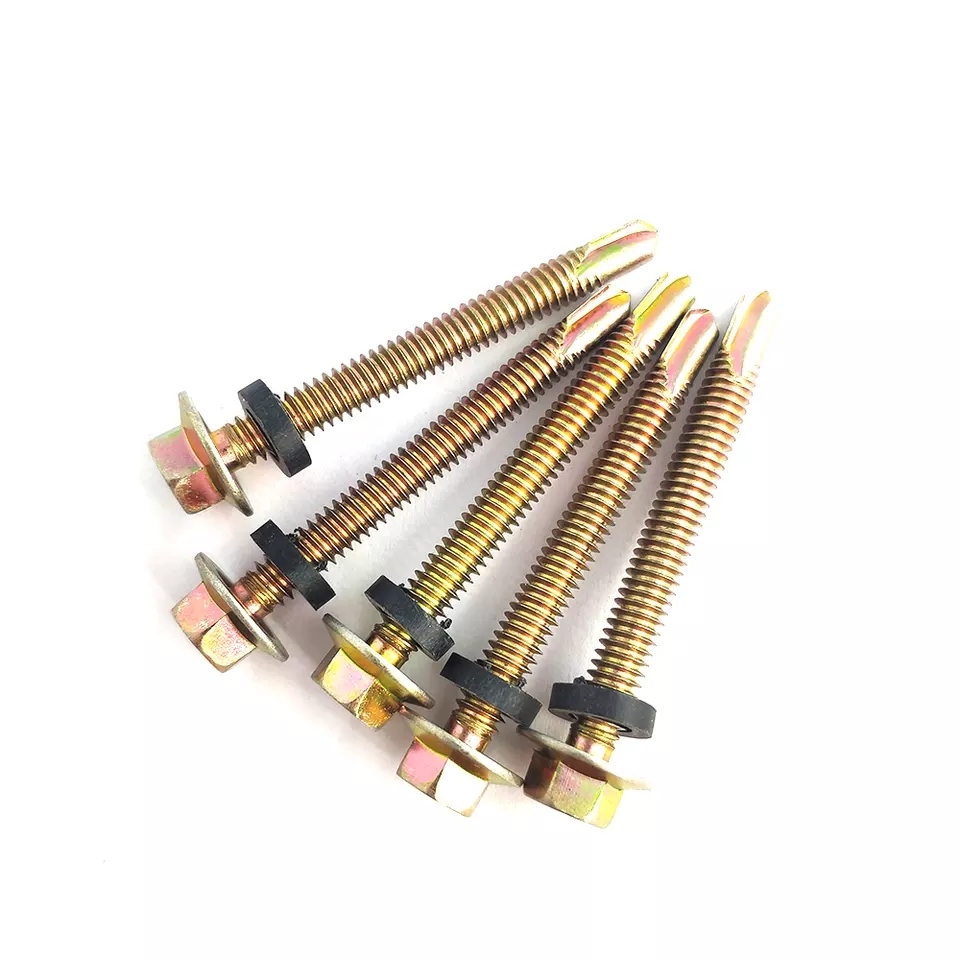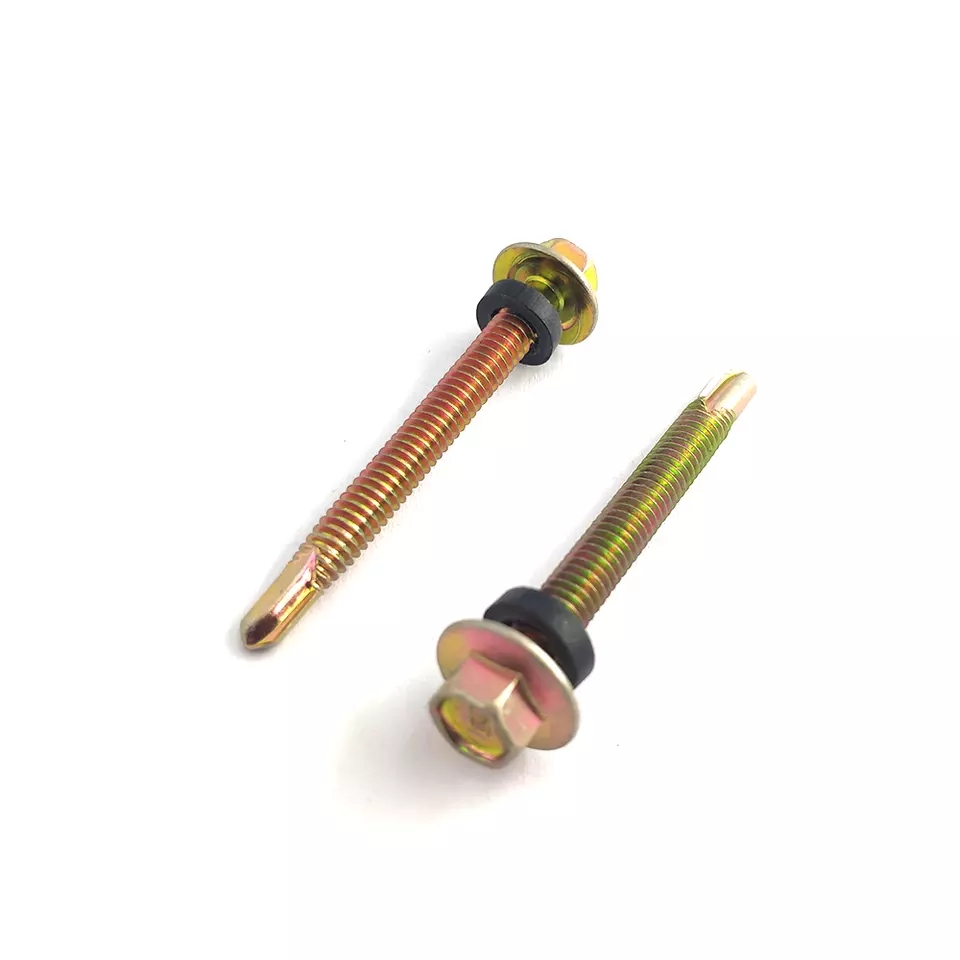- Time:2023/07/05 Posted:Dongguan prospect hardware accessories co.,ltd
Tapping screws and self-tapping screws are commonly used fasteners in various construction and assembly projects. Although both types of screws serve the purpose of joining materials, they have distinct characteristics that set them apart. This article provides a comprehensive analysis of the similarities and differences between tapping screws and self-tapping screws.


1. Definition and Function
Tapping screws, also known as thread-forming screws, create internal threads in materials they are driven into. They do not have a sharp point and are primarily used to fasten materials together. On the other hand, self-tapping screws have a sharp, pointed end and are designed to create their threads as they are driven into the material. These screws are primarily used to join materials that are softer than the screws themselves.
2. Thread Design
Tapping screws have a unique thread design with a blunt end that displaces the material as it progresses, allowing the threads to form. This design creates a stronger bond between the screw and the material. In contrast, self-tapping screws have a sharp thread profile that cuts into the material, making it easier for the screw to advance and form new threads.
3. Application
Tapping screws are commonly used in metal-to-metal applications, such as securing sheet metal or fastening metal components together. They are also utilized in plastic and wood applications, where they create threads to enhance the grip and provide better retention. Self-tapping screws are preferred for applications involving softer materials, such as plastic, wood, or thin metal sheets. These screws are especially useful where pre-drilling is not possible or desired.
4. Fastening Process
To use tapping screws, a pre-drilled hole is necessary to accommodate the screw's size. Once placed, the screw is driven into the material, resulting in a secure fastening. Self-tapping screws, on the other hand, eliminate the need for pre-drilled holes. They penetrate the material directly, forming threads as they advance. This saves time and effort during the installation process.
5. Strength and Holding Power
Tapping screws, due to their unique thread design and ability to form strong bonds with the material, offer superior holding power. They provide a secure and stable connection, making them suitable for applications requiring higher load-bearing capacity. Self-tapping screws, although reliable, may not offer the same level of strength and holding power as tapping screws.
In summary, tapping screws and self-tapping screws differ in their function, thread design, application, fastening process, and strength. Tapping screws are primarily used for metal-to-metal applications, while self-tapping screws are preferred for softer materials like wood and plastic. Tapping screws require pre-drilled holes, whereas self-tapping screws create their threads during the installation process. Though both types of screws have their areas of application, tapping screws provide a stronger bond and higher holding power compared to self-tapping screws. Understanding these differences helps in selecting the appropriate screw for specific projects.
